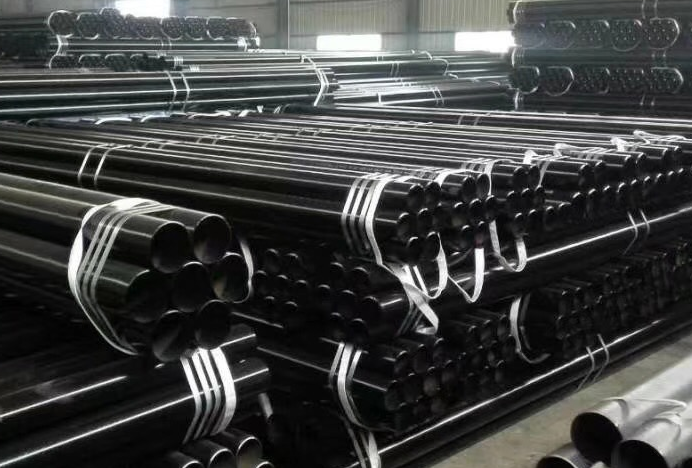
The straightness of seamless pipes can be measured using simple measuring tools such as metal gauges. National standards usually use millimeters or other length units to express the measurement results. Usually, for smaller diameter pipes, you can simply use a ruler to measure; for larger diameter pipes, you need to use more precise measuring instruments.

In order to ensure the quality of seamless pipes, the country has clearly stipulated the limit deviation of its straightness. Generally speaking, the limit deviation of straightness should be divided into different levels according to the size of its diameter. The larger the pipe, the greater the allowable deviation. Specific deviation values can be viewed with reference to national standards. In addition, the national standards also stipulate some deviation requirements under special circumstances. For example, for longer pipes, the deviation is allowed to be larger.
The straightness of seamless pipes is an important indicator of its quality, and the country has clearly defined the standards and requirements for its straightness. When using seamless steel pipes, different grades of pipes should be selected according to their specific usage requirements, and corresponding measurements and inspections should be carried out in accordance with national standards to ensure that their quality is qualified.
Tips: ASTM A106 (ASME SA106) seamless pipes can transport fluids or gases under high temperature and pressure. There are three grades: A, B, and C. The most commonly used ASTM A106 grade B is widely used in oil and natural gas refineries, power plants, petrochemical project factories, and boilers. and ship construction. These pipelines must carry fluids and gases that exhibit higher temperature and pressure levels.
Related information
